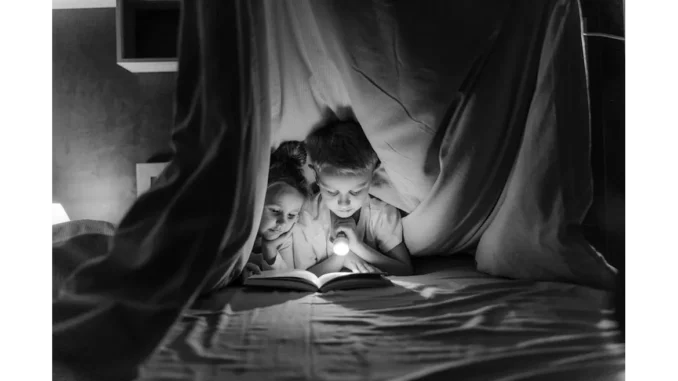
When I sat down with Laura Bennett, a mother of two and a dedicated advocate for children’s emotional well-being, I was immediately struck by her passion for creating supportive environments for her kids. Laura, who has successfully transformed part of her daughter Emily’s bedroom into a calming corner, shared her experience with me in a candid and informative conversation.
“Creating a calming corner was one of the best decisions I made for Emily,” Laura began. “She’s always been a sensitive child, and as she grew older, it became clear that she needed a space where she could retreat and self-regulate.”
Laura’s journey started with a simple idea: convert part of Emily’s bedroom into a sanctuary where she could feel safe and calm. “The bedroom is already a personal space, so it made sense to enhance it further,” she explained. “I wanted Emily to have a place that was entirely hers, where she could escape the chaos of daily life and find peace.”
Step-by-Step Creation Process
1. Choosing the Right Spot
Laura started by selecting a corner of Emily’s bedroom that was away from the door and windows. “I wanted to minimise distractions and create a sense of enclosure,” she said. “The corner we chose was perfect because it was naturally a bit secluded.”
2. Calming Colours
Next, Laura focused on the colour scheme. “Calming colours are so important,” she noted. “We went with soft blues and greens, which are known to have a soothing effect.” Laura repainted the walls in a gentle pastel blue and added green accents through pillows and a small rug.
3. Comfortable Mat or Bed
Comfort was a top priority for Laura. “We placed a thick, plush mat on the floor and added a few oversized cushions,” she described. “Emily loves to lie down and read, so it was important that the space was inviting and cosy.”
4. Sensory Tools and Toys
Laura knew that sensory tools would be crucial for Emily’s calming corner. “We added a small shelf where Emily could keep her favourite sensory toys,” she said. “Things like fidget spinners, stress balls, and a weighted blanket.” Laura also included a sensory bin filled with kinetic sand and other tactile items that Emily could explore.
5. Soft Lighting
Lighting played a significant role in creating the right atmosphere. “We installed a dimmable lamp with a warm light bulb,” Laura shared. “Harsh lighting can be overstimulating, so it was important to create a gentle, soothing glow.” She also added a string of fairy lights for a magical touch.
6. Personalisation
Personalising the space was key to making it feel special for Emily. “We hung up some of her artwork and added a few of her favourite books to the shelf,” Laura said. “It’s important that the space reflects her personality and interests.”
Using the Calming Corner
Laura explained that the calming corner is not just a passive space; it’s an active tool for Emily’s self-regulation. “Whenever Emily feels overwhelmed or needs a break, she knows she can go to her corner,” Laura explained. “It’s a place where she can decompress and reset.”
To encourage Emily to use the space, Laura introduced it as part of their daily routine. “We started by spending a few minutes there together every evening,” she said. “We’d read a book or just talk quietly. Over time, Emily began to go there on her own whenever she needed to.”
Tips for Other Parents
Laura was eager to share some tips for other parents looking to create a similar space for their children:
-
Start Small: “You don’t need a lot of space or expensive items,” Laura advised. “Even a small corner with a few cushions and a calming colour scheme can make a big difference.”
-
Involve Your Child: “Let your child have a say in how the space is set up,” she recommended. “Emily helped pick out the colours and some of the sensory tools. It made her feel more connected to the space.”
-
Be Flexible: “The needs of your child might change over time,” Laura noted. “Be open to adjusting the space as needed. We’ve added and removed items based on what works best for Emily.”
-
Observe and Adapt: “Pay attention to how your child uses the space,” Laura suggested. “If something isn’t working, don’t be afraid to make changes. It’s all about creating an environment that supports your child’s needs.”
Final Thoughts
As our conversation drew to a close, Laura reflected on the impact the calming corner has had on Emily. “It’s been a game-changer,” she said with a smile. “Emily is better able to manage her emotions and feels more in control. It’s given her a sense of security and a tool she can use for life.”
Laura’s experience is a testament to the power of creating a dedicated calming space for children. With thoughtful planning and a bit of creativity, any parent can transform a part of their child’s bedroom into a sanctuary that promotes emotional well-being and self-regulation.
By Marcia Snyder


Be the first to comment